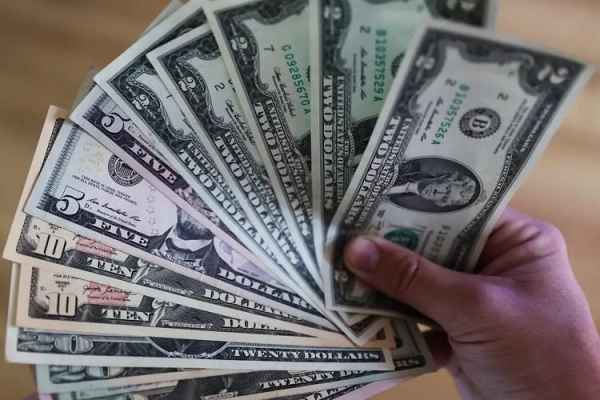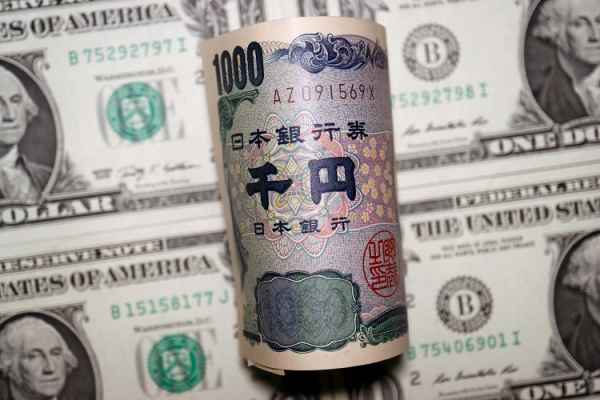The majority of analysts think the Australian dollar rate will correct at the beginning of next year, but will post a positive performance by the end of the year.
The Australian dollar trails its six-month high against the US dollar at 0.6835 in Asian session trading on Wednesday (27/Dec). AUD/USD will almost certainly end 2023 at a rate very close to the opening price of the year. What is the outlook for the Australian dollar rate in 2024?

Analyst consensus anticipates an improvement in global growth trends and investor sentiment in 2024, along with a flurry of interest rate cuts among major central banks. China's economy, in particular, will remain resilient thanks to various stimulus measures launched by its government. Such a situation usually hurts the US dollar while boosting the value of cyclical investment assets - including the Australian dollar.
"Positive risk sentiment in 2024 will support AUD and NZD," said Mahjabeen Zaman, analyst at ANZ, "Global risk sentiment is positive as we look to 2024, with moderate global inflation and global central bank easing. This sentiment has an impact on risk assets, and AUD, as a high-yielding currency, should benefit."
Zaman also believes that the Reserve Bank of Australia's (RBA) policy projections for next year will support a stronger AUD/USD rate. The reason is that the RBA's interest rate cuts are likely to start only at the end of 2024.
The market currently expects the Fed, ECB, and BoE to cut interest rates starting in the second or third quarter. Thus, the buying flow of carry traders has the potential to enter the Australian Dollar.
ANZ projects AUD/USD to circulate at 0.68 by the end of March, 0.69 by the end of June, 0.70 by the end of September, and 0.70 by the end of 2024. Meanwhile, TD Securities expects AUD/USD to reach 0.66 by the end of Q1/2024, 0.68 by the end of Q2/2024, 0.69 by the end of Q3/2024, then close the year at 0.72.
A handful of analysts have a different opinion. Danske Bank lists "short AUD/USD" as its "FX Top Trades 2024" with predictions of a fall to 0.64 by end-March, 0.63 by end-June, and 0.62 by year-end 2024. The reason is that commodity prices and the Australian economy going forward have weak momentum.

 Dedicated FREE FOREX VPS
Dedicated FREE FOREX VPS Free FOREX Virtual Private Server
Free FOREX Virtual Private Server MT4 Demo Contest, Get $500
MT4 Demo Contest, Get $500 Sign Up for an Account, Claim 60% Deposit Bonus
Sign Up for an Account, Claim 60% Deposit Bonus Free MT4/MT5 VPS 2024
Free MT4/MT5 VPS 2024 Send E-mail and Get Free Merchandise
Send E-mail and Get Free Merchandise $1K Refer a Friend Bonus for Pepperstone Pro clients
$1K Refer a Friend Bonus for Pepperstone Pro clients Maximize Your Earnings with 100% Deposit bonus
Maximize Your Earnings with 100% Deposit bonus Trade to Win, $5,000 Monthly Demo Contest
Trade to Win, $5,000 Monthly Demo Contest Claim 30% + 15% Deposit Bonus from LiteFinance
Claim 30% + 15% Deposit Bonus from LiteFinance






